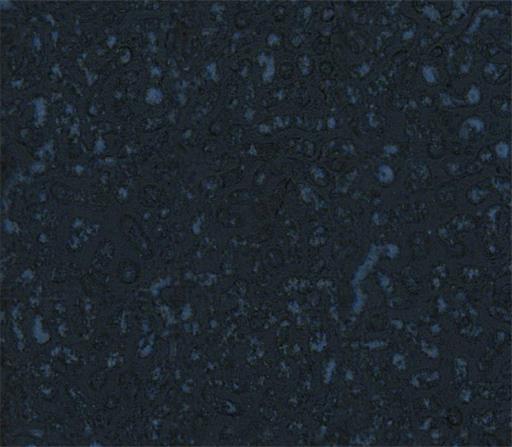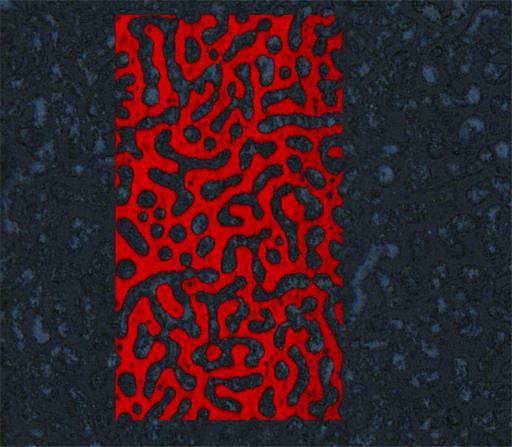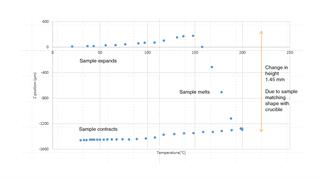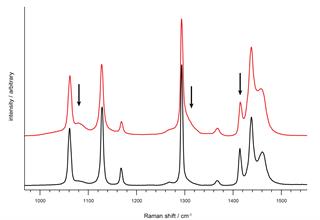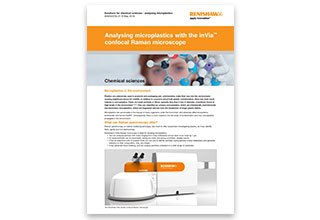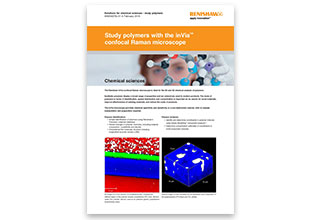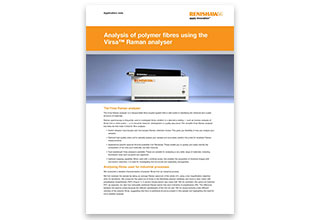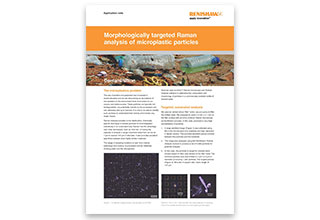Denna sida finns för närvarande inte på ditt språk. Du kan
översätta
den automatiskt
med Google Translate. Vi ansvarar inte för att tillhandahålla denna tjänst och
vi har inte kontrollerat översättningsresultaten.
Kontakta oss om du behöver ytterligare hjälp.
Study polymers and microplastics with Raman spectroscopy
Understanding the properties of polymers is a vital step in optimising their performance. Renishaw's Raman systems provide you with the power and flexibility to investigate all polymer types.
Analyse all polymers
Maximise your chances of identifying the thousands of types of polymers by using SynchroScan spectrum acquisition and database searching. SynchroScan gives you all the Raman bands at high spectral resolution. This makes searching the entries in the Renishaw polymer database easy and reliable.
Raman spectroscopy enables you to:
- characterise laminate films, without the need to mechanically section them
- study polymer blends
- analyse stress in fibres
- determine crystallinity levels
- study the materials used to encapsulate photovoltaics
- investigate novel polymers, such as conducting polymers
Determine layer thicknesses with accuracy
You can use Raman scattering to determine the composition and thicknesses of transparent polymer laminates. You need a system with good depth resolution and accurate sample positioning in all three dimensions to analyse these successfully. The inVia confocal Raman microscope, with its Easy Confocal technology, and HSES sample stage, is ideal for this task.
Study physical changes using LiveTrack™
LiveTrack focus tracking technology maintains optimum focus in real-time when samples expand, contract, or change phase. This enables the study of dynamic, physical changes in your sample.
Repeatable spectra
Changes in some polymer parameters (such as crystallinity) produce relatively subtle changes to the Raman spectrum. The high spectral resolution, precision, and stability of Renishaw's inVia confocal Raman microscope enable you to see these changes.
We're here when you need us
To find out more about this application area, or an application that isn't covered here, contact our applications team.
Contact our applications team
On-demand webinar:
Applying Raman spectroscopy to polymers and plastics
We use the inVia microscope for the analysis of polymer laminates, packaging materials, microplastics and bio-degradable plastics to reveal both chemistry and structure. Learn how to optimise your Raman analysis of polymers.
Watch the webinar
Quantifying microplastics in drinking water
This webinar presents a real-world case study on microplastics. Learn how we used Raman microscopy to quantify microplastic contamination in samples of drinking water.
Watch the webinar
Related stories
Raman spectroscopy shows agricultural mulch films are a source of microplastics in rivers
Crop producers commonly use plastic films as mulch. Researchers in China have used Raman spectroscopy to determine the portion of microplastics which derive from agricultural mulch films.
Renishaw technology used to identify microplastics in the environment
Could rubber and plastic from tyres, washing into rivers and streams, be contributing to pollution in waste water? A group of scientists from Denmark are using a system from Renishaw to find out.
